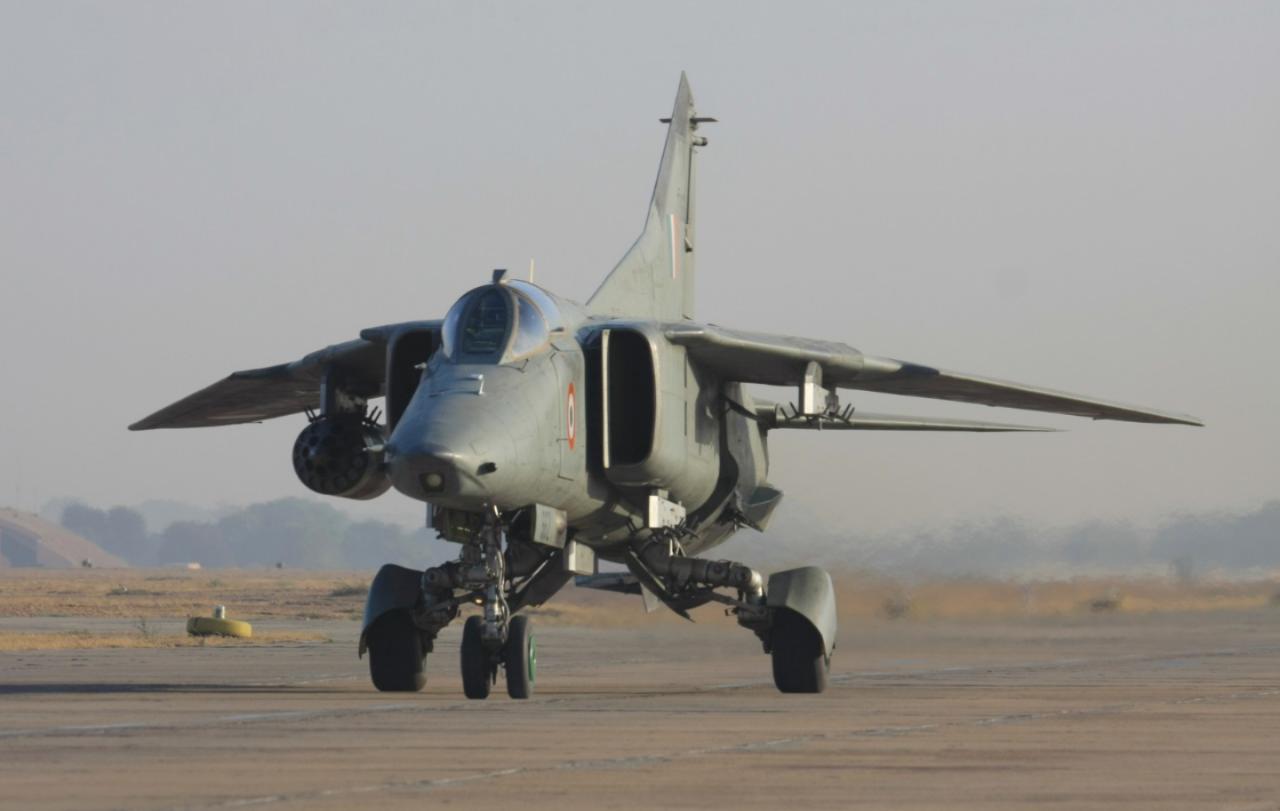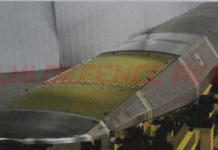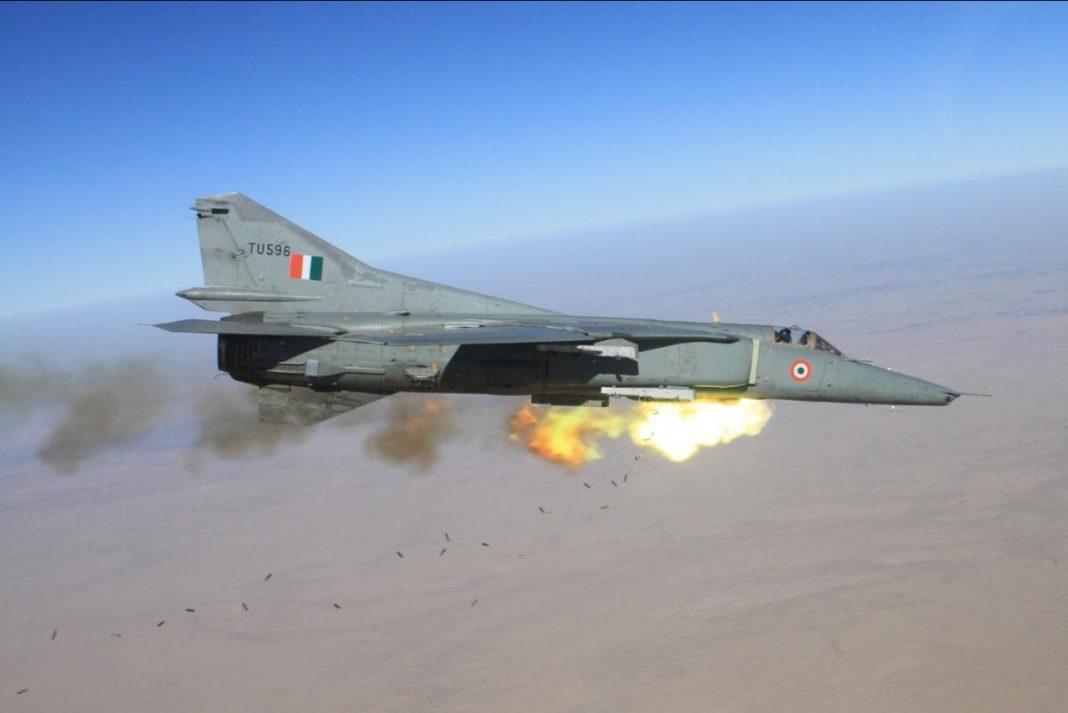The era of the swing wing comes came to a close today, December 27, 2019, when the last of the Indian Air Force’s (IAF’s) MiG 27s took to the sky for one last time. Tears rolled down the battle hardened cheeks of many a Flogger rider who has had the privilege of flying this wonderous design, three aeroplanes moulded in one.
The MiG 23/27 was a swing wing design wherein unlike any fixed wing aircraft this aircraft had wings which could be swung back to suit mission requirements —- 16 deg for take off, cruise flight and landing as well as slow speed mano, where the requirement of lift was maximum——45 deg for combat employment and 72 deg (yes 72!!!! Almost like a missile) for high speed getaway. Naturally the aerodynamics for these three settings were exclusive to them and voila !, you had three aircraft in one.
The airframe design was almost a box and to top it up, the cockpit had armoured plating around it. Was it like a ‘flying’ tank, you may ask? Well almost. The wing turning mechanism itself weighed 1.5 tons out of the 20+ tons all up weight. The front gun weighed another ton. The box could carry up to 4 tons of explosive load and had nine hard points, two of which were exclusively for the fuel drop tanks, not to mention most hard points could be fitted with multi shackles to carry more than one bomb.

She could carry 22 x 100kg bombs or 8 x 500kg bombs etc etc. She would often be seen flaunting 4 x 240kg S-24 rockets and when they left the aeroplane, and your engine didn’t surge, the driver got a feeling of a caged bird freed while pulling out of the dive. If you didn’t want to bust up the heavies you could choose to show off the 128 X 57 mm rockets kept in four huge pods. Of course, the air to ground missiles both tv guided and laser guided were always available to the planners in her heydays. When the beast was not carrying any load it always had the gun, a 30mm GSh-6-30 rotary cannon with a rate of fire of 5000 rounds per min ( the aircraft could carry only 240 rounds at a time!!!)—photo analysis of a gun attack was never possible much to the glee of the young riders—- the aircraft shook as hell during fire to provide any clear picture.
With all the loads she went from point to point navigating on the RSBN-6S, then later on the Digital Computer (Dig comp) and using ring laser gyroscope based inertial navigation. Incidentally my wrist watch which could store only phone numbers in 1998, had more memory than the dig comp— but it did the job absolutely fine. She could do a dive, a dive toss, laid down, high level, toss and Lo behold, offset toss and level offset, weapon delivery. In the last two the pilots aims and depresses the trigger at a point which was not the target but was prominent, the aircraft did the rest.
The engine during its time, was the most powerful single engine fitted on a fighter. It operated so close to the surge margins that it became infamous for blowing upon your face and at time on the runways too!!! A pilot constantly had his eye on the RPM and the JPT gauge, he even opened throttle carefully with fingers crossed, but that was not a hindrance ’cause once revved up it was “Catch me if you can”. There are pilots who claim that a F16 with a positive lock on the tail failed to achieve a launch due to the Flogger pulling away too fast.
All military pilots call three greens after landing gear extension, only the Flogger pilot had the distinction of calling out four greens, —— one was for the ventral fin which would retract with the gears down. Actually the downwind call was the butt of many a joke in pilot circles, but the swingers couldn’t care less: they proudly called
“Swinger one, downwind four greens, wings extended, full flaps, full stop”
© Delhi Defence Review. Reproducing this content in full without permission is prohibited.
































